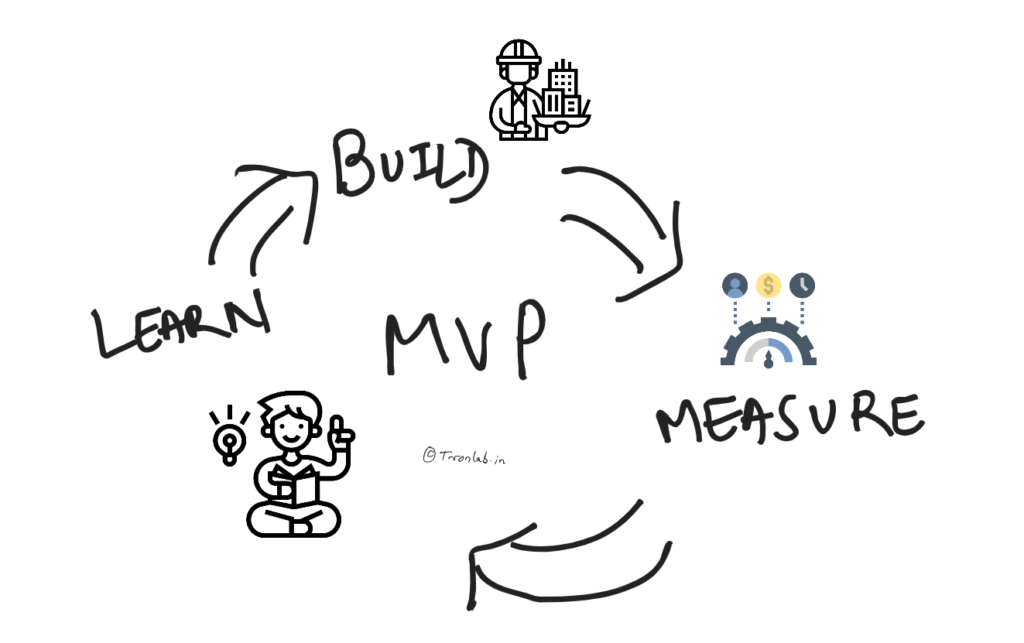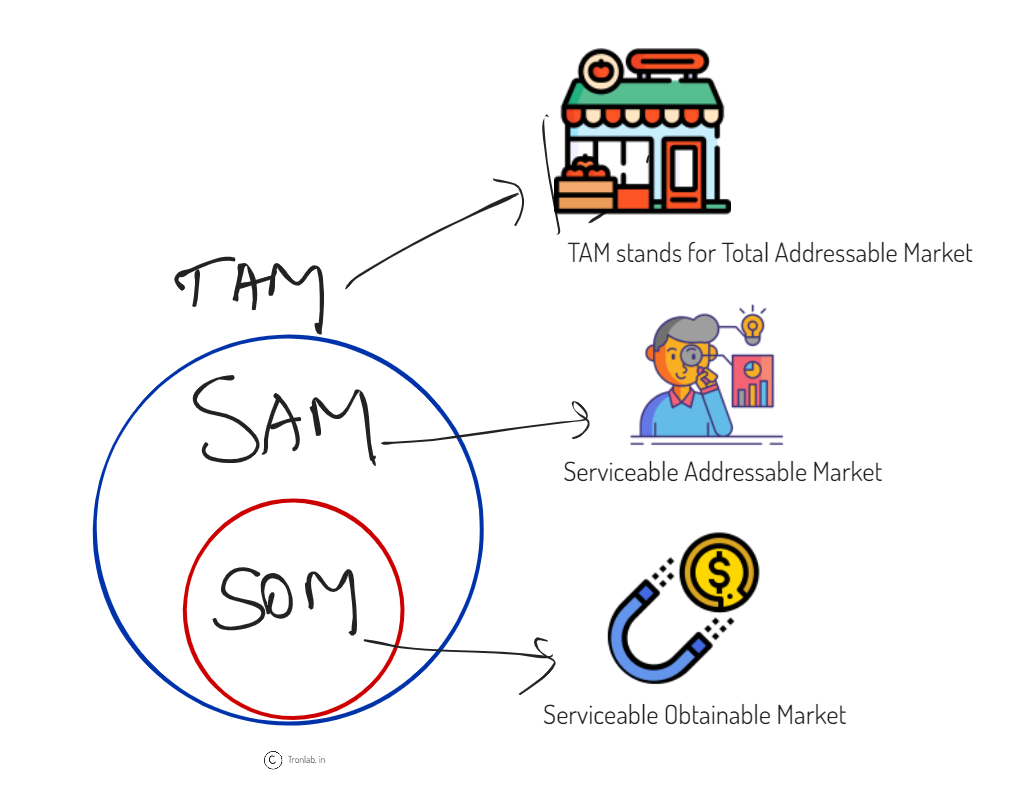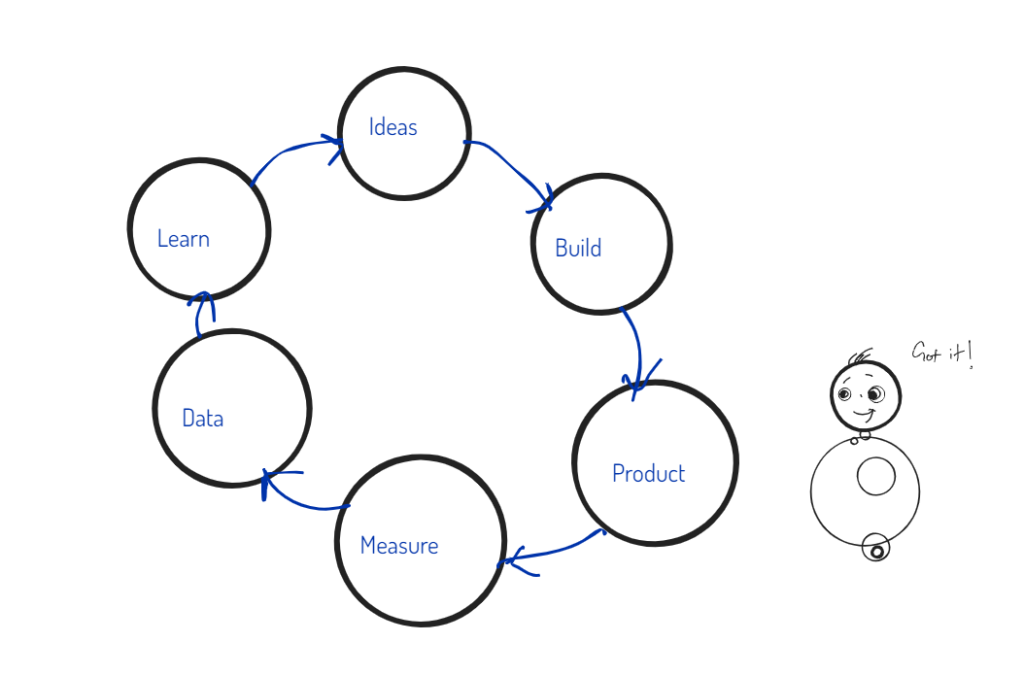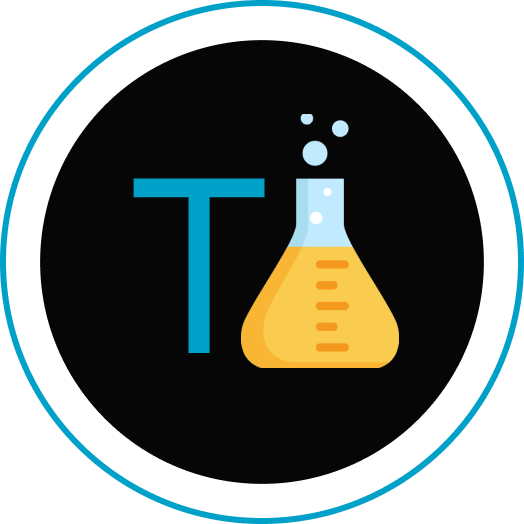Be it an engineer or doctor or coming from a business background.
We all have that dream of building our own startup one day.
Nowadays, Building a profitable business isn’t that tough, infect it is easy. Once you have the proper guides and roadmap you can also make your own dream business.
The first step to building a business is the problem.
Building a start-up or business always comes with a problem to solve.
You may also herd the term MVP.
MVP in a startup stands for Minimum viable product.

It is the first prototype of an idea built to serve the real customer.
Through MVP you can get a rough idea to iterate the project so that it meets the end goal i.e improved version of it.
Sometimes MVP does not follow your expectations and there can be several reasons for it:
1) The problem that you solving does not necessarily adopt people or their requirements.
2) The market may be small or negligible
3) Instead of knowing your customer you first focus on tech and hiring staff, etc.
Alright! Building worlds business and opportunity requires some skills to excel.
Like knowing particular terms for niche-based business.
Sometimes this technical jargon may be a hurdle or not simply easy to get.
By the end of the article, you will get to know all the technical terms in a super easy way.
Also, some of the examples are taken from the book: Let’s Build a Company by Harpreet Grover.
Without any further due, Let’s start the startup terminologies.
1. TAM
In the Startup world & Business world, TAM stands for Total Addressable Market.
It is a way to calculate the total market size and demand for a product or service and to know about its paying customers.
TAM gives an idea of a business to possibly generate revenue and growth in a specified market.
It can be calculated by:
TAM = (annual revenue per customer/deals) x (number of total possible customers/deals).
2. SAM
SAM is known for Serviceable Addressable Market.
In simple terms, it is the market that a company can target for its product and services within its geographical reach.
3. SOM
SOM stands for Serviceable Obtainable Market.
It’s the actual market where a product or service serves. Unless like a monopoly, your product may compete with its competitors.
Infographics to understand TAM, SAM, and SOM:

4. COGS
Cost of goods sold. As the name suggests the cost of making a product or service till it distribution and sales.
5. CAC
CAC is known for Customer Acquisition Costs.
In easy terms, it is the money spent on acquiring new customers via different marketing channels.
In a startup or business CAC is calculated by :
Money spent on Sales and Marketing divided by the Number of New Customers Acquired.
6. EBITDA
EBITDA is an acronym known for Earnings before interest, taxes, depreciation, and amortization.
Using EBITDA you can know about the financial health of a company.
Banks use EBITDA to determine a debt service coverage ratio. (DSCR). Bankers and Investors use EBITDA to know about a company’s cash flow and ability to pay back.
7. BPO
Business Process Outsourcing
8. ESOP
Employee stock ownership plan
9. GDP
Gross domestic product
10. LOI
Letter of Intent
11. LP
Limited partnership
12. M&A
Mergers and acquisitions
12. HRO
Human resource outsourcing

13. P&L
Profit-and-loss statement
14. BE
Below expectation
15. DD
Due diligence
16. IDC
Industrial Design Centre
17. PVT Ltd
Private limited company
18. ME
Meet expectations
19. POC
Proof of concept
20. Term sheet
21. Q1: The first quarter of a financial year(January, February, and March).
22. Q2: The second quarter of a financial year(April, May, and June).
23. Q3: The third quarter of a financial year(July, August, and September).
24. Q4. The fourth quarter of a financial year(October, November, and December).
25. RFP.
Request for proposal
26. RS – Rockstar
27. SHA
Shareholders’ agreement
28. VC
Venture capitalist
29. Freemium
A plan through which you can offer customers a free version of your paid products and services.
The freemium model helps in acquiring new users and turning them into paying customers.
30. Bootstrapping
Startup or Business made from scratch without any funding from angel investors or VC.
Conclusion
Building a business or a startup is a rollercoaster ride.
Sometimes up and sometimes down.
With a hard-working team and a good business model, it always adds a plus to a company.
If you’re curious and wanted to start your product or services,
first, with a basic prototype and an MVP, validate it, and once you got the response, iterate the process.

Graphical representation of BUILD-Measure-LEARN-Feedback-Loop
We’ve added the top 30 startup terms which are most commonly used in a business.
This article is specially curated for new aspiring entrepreneurs and businesses.
The startup terms mentioned above give a basic idea of how a business operates and terms that are helpful to you.
With that said hope these 30 startup terms for the best business opportunity will help you.
Book References:
Book Number 1: The Lean Startup
Book Number 2: Let’s Build a Company by Harpreet Grover
Also Read Startup Web Series Review: Everything you need to know about the new season of TVF Pitchers S2

